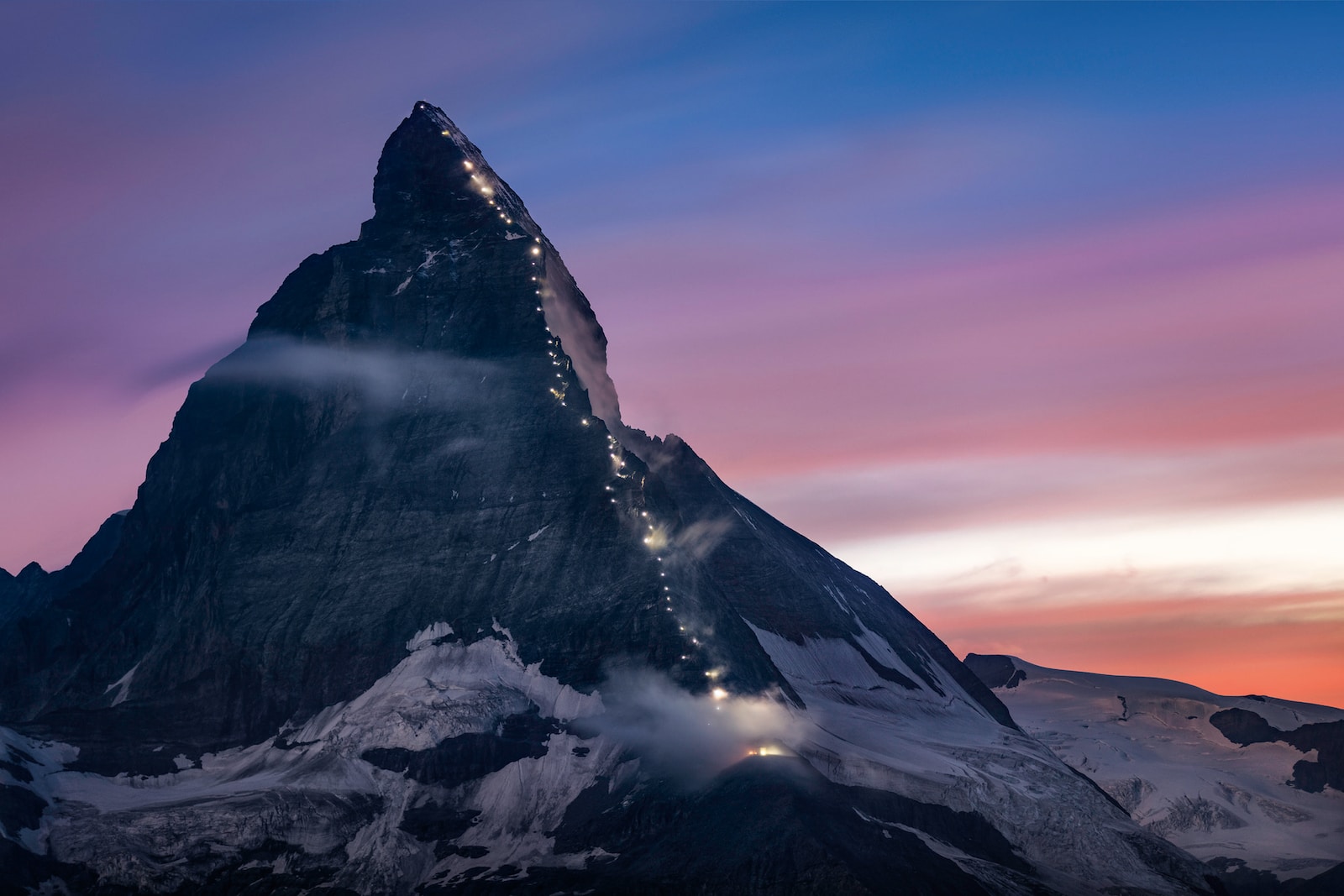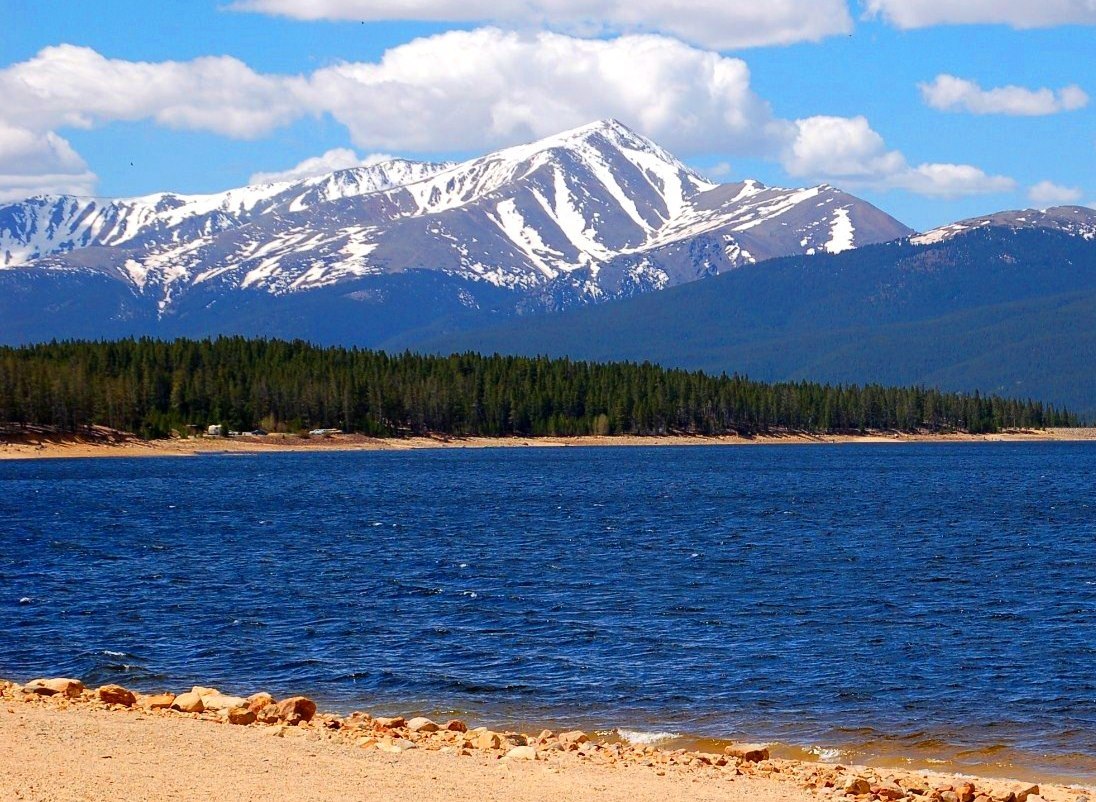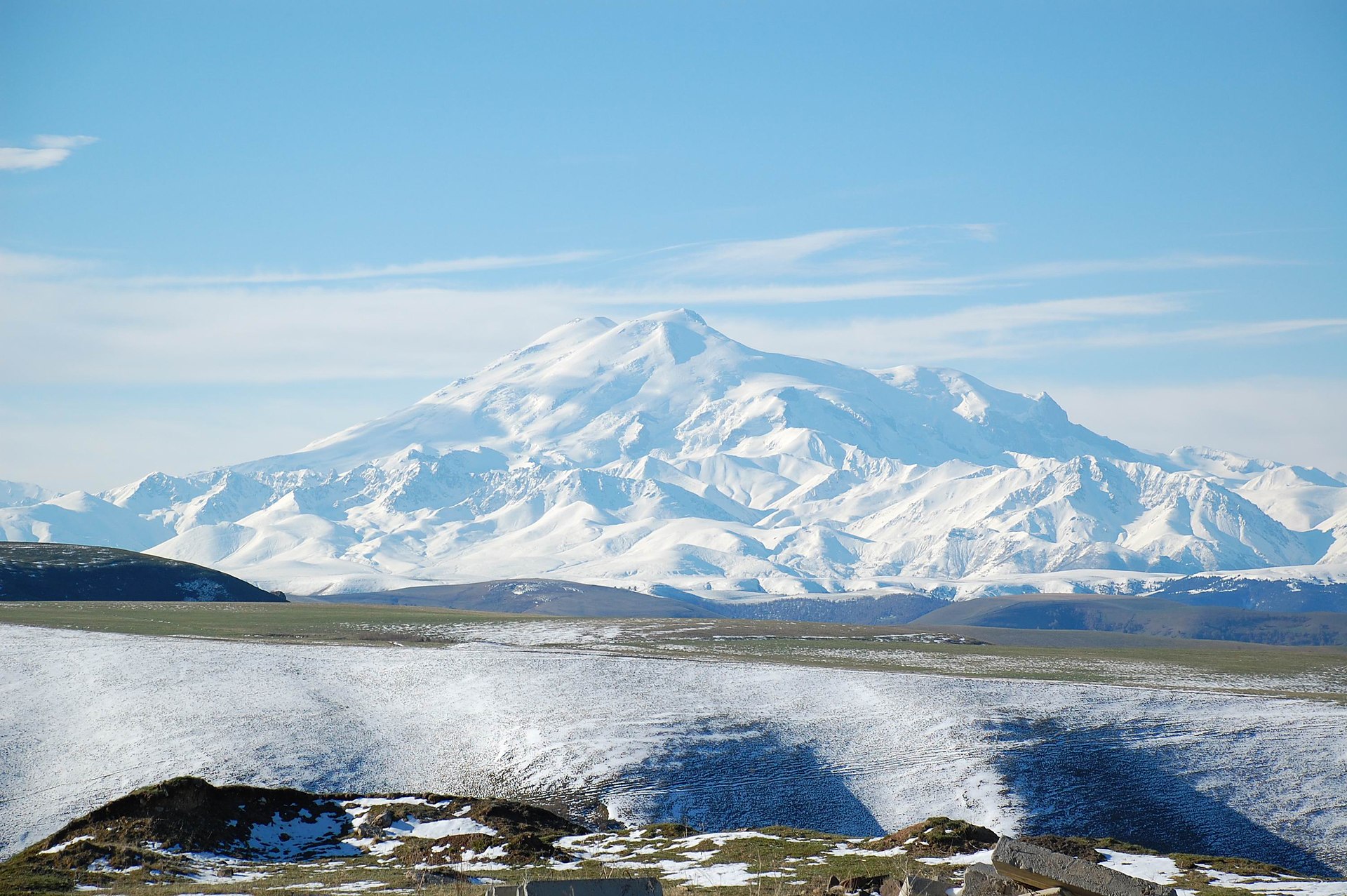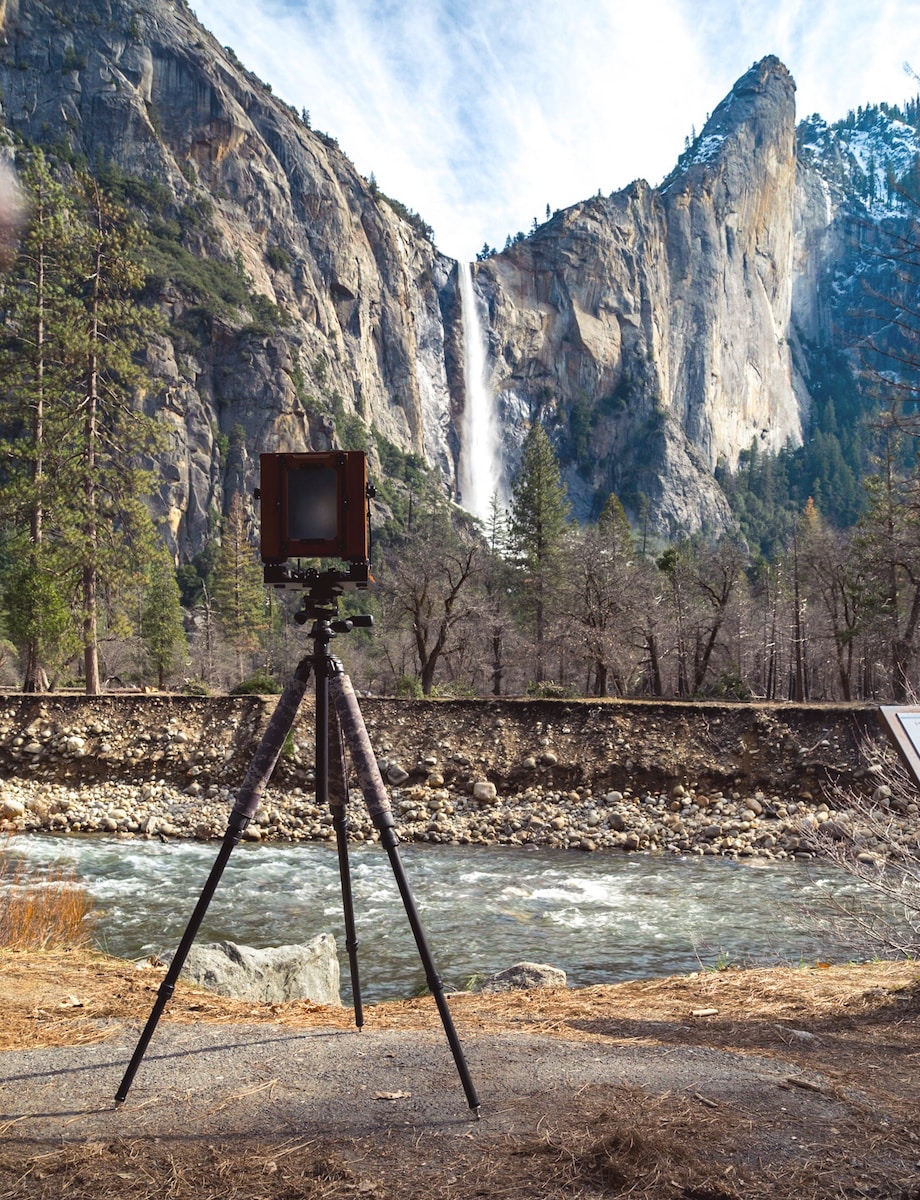Welcome to Picture-Perfect Matterhorn: Mastering Mountain Photography! If you have ever dreamed of capturing the majestic beauty of the iconic Matterhorn, you have come to the right place. In this detailed guide, we will unravel the secrets to achieving stunning mountain photography. From the perfect camera settings to achieving the ideal composition, and even considering weather conditions, we will equip you with the knowledge and techniques to create awe-inspiring images of this breathtaking mountain.
Table of Contents
- Getting Started: Understanding the Matterhorn Mountain
- Weather Considerations: Chasing the Perfect Conditions at Matterhorn Mountain
- Mastering Picture-Perfect Matterhorn Mountain
- Frequently Asked Questions
- 1. What camera settings are best for capturing the Matterhorn?
- 2. What composition techniques work well for photographing the Matterhorn?
- 3. What weather considerations should I keep in mind when photographing the Matterhorn?
- 4. What equipment do I need for mountain photography?
- 5. Are there any photography restrictions or guidelines around the Matterhorn?
- 6. How can I enhance my post-processing for Matterhorn photographs?
- Wrap Up
Getting Started: Understanding the Matterhorn Mountain
The Matterhorn is a famous mountain located in the Pennine Alps on the border between Switzerland and Italy. It straddles the border, with its eastern side in the Swiss canton of Valais and its western side in the Italian region of Aosta Valley. The Matterhorn is one of the most iconic peaks in the Alps and is known for its distinctive pyramidal shape. It’s a popular destination for mountaineers and tourists, drawing visitors from around the world. The nearest town on the Swiss side is Zermatt, and on the Italian side, it’s Breuil-Cervinia.
Exploring the Matterhorn’s Allure
Before we delve into the nuances of capturing the Matterhorn, it’s essential to grasp the sheer magnificence of this mountain. Standing at a staggering height of 4,478 meters, it boasts a distinctive pyramid-shaped peak that captivates the imagination of photographers and nature enthusiasts alike.
The Matterhorn’s allure lies not only in its imposing size but also in its stunning surroundings. Nestled in the picturesque Swiss Alps, it offers a breathtaking backdrop of glaciers, alpine meadows, and quaint villages. Its ever-changing appearance, depending on the season and time of day, presents endless opportunities for photographers to capture its beauty.
Did you know that the Matterhorn is one of the most photographed mountains in the world? Its iconic shape and unparalleled scenic vistas have made it a favorite subject for photographers from around the globe.
Mastering Exposure
One of the key elements in capturing the Matterhorn is nailing the right exposure. The mountain’s bright snow, shadowy crevices, and changing light conditions pose unique challenges. By understanding exposure compensation, utilizing the histogram, and making use of filters, you can achieve perfectly balanced images that do justice to the Matterhorn’s beauty.
Choosing the Ideal Aperture
Selecting the appropriate aperture is crucial for creating striking images of the Matterhorn. Depending on your desired depth of field and creative vision, you can either emphasize the detailed textures of the mountain or craft a softer, dreamier composition. Discover the magic of aperture control and unleash your creativity.
Rule of Thirds: Enhancing the Visual Impact
The rule of thirds is a powerful tool that can elevate your Matterhorn photography. By dividing the frame into a grid, you can strategically position the mountain within the intersecting points, creating a visually pleasing composition. Learn how to use leading lines, foreground elements, and the mountain’s natural lines and shapes to create captivating images.
Adding Depth: Foreground and Background Elements
Introducing foreground and background elements can add depth and dimension to your Matterhorn images. By incorporating elements such as wildflowers, grazing animals, or nearby lakes, you can create a sense of scale and context, enhancing the overall visual impact. Discover the art of balancing your composition and incorporating engaging elements that compliment rather than distract from the mountain.
Did you know that around 3,000 climbers attempt to conquer the Matterhorn each year? While it remains a challenging and risky climb, it continues to attract adventurers seeking the ultimate mountaineering experience.
Weather Considerations: Chasing the Perfect Conditions at Matterhorn Mountain
Golden Hour Magic
The Matterhorn takes on a whole new level of splendor during the golden hour, that magical period shortly after sunrise or before sunset. The soft, warm light accentuates the mountain’s features, casting an enchanting glow. Discover the best times to photograph the Matterhorn and make the most of this divine lighting.
Changing Seasons: Capturing the Essence
As the seasons change, so does the character of the Matterhorn. From its snow-capped glory in winter to the vibrant alpine blooms of summer, each season offers unique opportunities for photography. Dive into the seasonal nuances, and uncover the secrets to capturing the essence of the mountain in all its different moods.
Whether you’re an experienced photographer or just starting to explore this fascinating art form, mastering mountain photography and capturing the Matterhorn is an exhilarating journey. Armed with the knowledge and techniques shared in this guide, you are well on your way to creating picture-perfect images that will leave viewers in awe of your skill and vision.
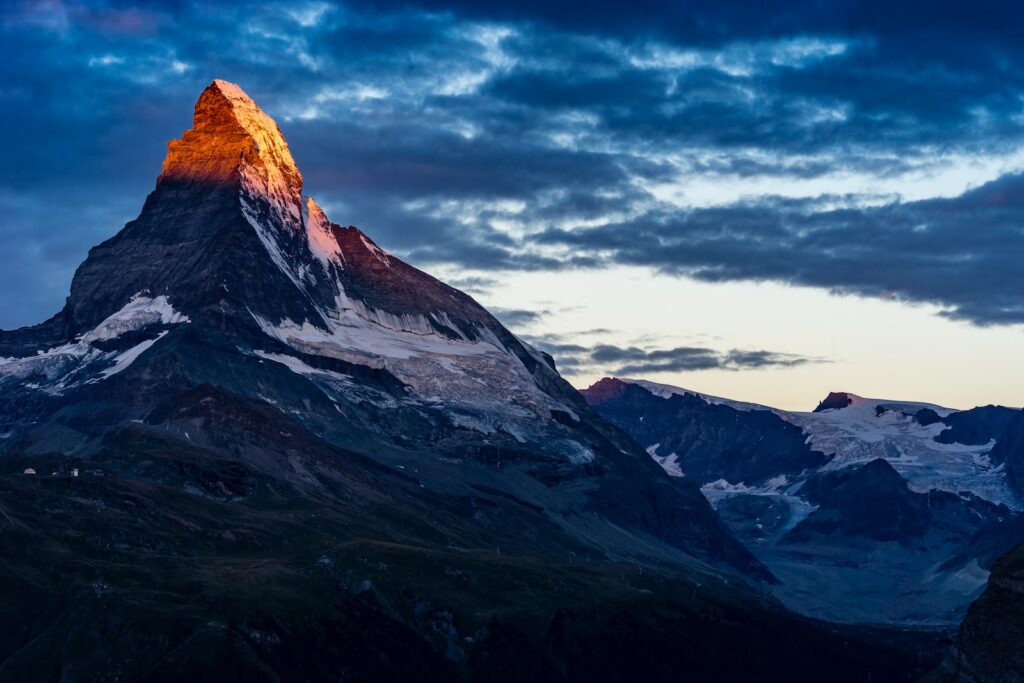
Mastering Picture-Perfect Matterhorn Mountain
When it comes to capturing the essence of natural beauty, there are few subjects more iconic than the Matterhorn, an awe-inspiring mountain that stands tall in the Swiss Alps. Its majestic peak, with its unique pyramid shape, draws photographers from all over the world, eager to capture its magnificence. In this comprehensive guide, we will unveil the secrets to capturing the Picture-Perfect Matterhorn through mastering mountain photography techniques.
The Perfect Camera Settings
Choosing the right camera settings is crucial when it comes to photographing the Matterhorn. To freeze the mesmerizing landscape and capture crisp details, you’ll want to use a high shutter speed. Start by setting your camera to Manual Mode to have complete control over your settings. The ideal settings may vary based on light conditions, but as a general guideline, set your aperture to f/11 or higher for maximum depth of field, adjust your ISO to the lowest possible value (such as ISO 100) to reduce noise, and select a fast shutter speed (1/500th of a second or faster) to capture any movement in the landscape.
Additionally, using a tripod can help stabilize your camera and ensure sharp images, especially if you plan to shoot during low-light conditions or with slower shutter speeds. Consider using a remote shutter release or the camera’s self-timer to avoid camera shake.
Composing the Perfect Shot
While the Matterhorn is undoubtedly captivating on its own, a thoughtful composition can elevate your photographs to new heights. Here are some tips to keep in mind:
- Rule of Thirds: Divide your frame into a grid of nine equal parts and position the Matterhorn along one of the lines or at an intersection. This adds balance and visual interest to your composition.
- Leading Lines: Incorporate natural or man-made lines in your composition, such as paths or rivers, to guide the viewer’s eye towards the Matterhorn.
- Foreground Interest: Include elements in the foreground, like rocks or trees, to create depth and add a sense of scale to your photograph.
Experiment with different angles and perspectives to find the most captivating composition that showcases the Matterhorn’s grandeur.
Considerations for Capturing the Perfect Shot
When planning to photograph the Matterhorn, it’s essential to consider the weather conditions. The mountain is notorious for its quickly-changing weather, including sudden cloud cover or storms. Keep an eye on the weather forecast and try to choose a day with clear skies or dramatic cloud formations. However, don’t be discouraged by less than ideal weather conditions, as they can also add a unique and atmospheric touch to your photographs.
Additionally, timing is crucial when shooting the Matterhorn. Consider the position of the sun and the quality of light throughout the day. The golden hours around sunrise and sunset often provide the most enchanting lighting for mountain photography. Plan your shoot accordingly to make the most of these magical moments.
In conclusion, capturing the Picture-Perfect Matterhorn requires more than just pointing your camera and clicking the shutter. By mastering the right camera settings, composing your shots thoughtfully, and considering the weather and lighting conditions, you can create captivating photographs that truly do justice to the awe-inspiring beauty of this iconic mountain.
Frequently Asked Questions
1. What camera settings are best for capturing the Matterhorn?
When photographing the Matterhorn, it is essential to use manual mode on your camera. Set your aperture to a higher value (around f/8 to f/16) to ensure a deep depth of field and sharper image. Use a low ISO (often around 100) to minimize noise, and adjust your shutter speed accordingly for proper exposure. Experiment with different exposure compensation settings to achieve the desired lighting effects.
2. What composition techniques work well for photographing the Matterhorn?
Composition plays a crucial role in capturing the beauty of the Matterhorn. Consider using the rule of thirds to create a balanced and visually appealing image. Frame the mountain with surrounding elements such as trees, lakes, or foreground objects to add depth and scale. Leading lines can also enhance the composition and draw the viewer’s eye towards the peak.
3. What weather considerations should I keep in mind when photographing the Matterhorn?
The weather conditions greatly influence the atmosphere and mood of your photograph. Clouds, mist, or the golden light during sunrise or sunset can add drama and vibrancy to your images. Check the weather forecast in advance and plan your shoot accordingly. Be prepared for sudden weather changes and dress warmly, as the higher altitude can be cold and windy.
4. What equipment do I need for mountain photography?
For capturing the Matterhorn, a sturdy tripod is essential to maintain stability and sharpness. A wide-angle lens (such as 16-35mm) allows you to include more of the mountain and its surroundings, while a telephoto lens (such as 70-200mm) helps to isolate details and capture impressive close-ups. Don’t forget spare batteries, memory cards, and lens cleaning accessories.
5. Are there any photography restrictions or guidelines around the Matterhorn?
While there are no specific photography restrictions around the Matterhorn, it is important to respect the natural environment and local regulations. Avoid stepping on fragile vegetation or disturbing wildlife. If you plan to take commercial photos or use drones, check the local authorities’ guidelines and obtain the necessary permits in advance.
6. How can I enhance my post-processing for Matterhorn photographs?
Post-processing is a vital step in creating stunning Matterhorn images. Use software like Adobe Lightroom or Photoshop to adjust exposure, colors, and contrast. Pay attention to details such as noise reduction and sharpening. Experiment with different presets or create your own to achieve the desired mood and style. Remember to keep the edits natural and avoid excessive manipulation.
Wrap Up
Now that you’ve learned the secrets of capturing the iconic Matterhorn through your lens, it’s time to put your newfound knowledge into practice. Remember to adjust your camera settings to the appropriate exposure and focus, considering the challenging weather conditions that can arise around the mountain.
Experiment with different compositions, exploring various angles and perspectives to add depth and interest to your photographs. Don’t be afraid to venture off the beaten path to find unique viewpoints. And always keep an eye on the weather forecast to optimize your chances of capturing the Matterhorn in its full glory.
So grab your camera, pack your gear, and embark on a photography adventure to create picture-perfect memories of the majestic Matterhorn. Capture the beauty and awe that this mountain evokes, and share your experiences and photos in the comments below. We can’t wait to see your stunning shots!
